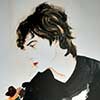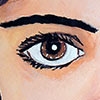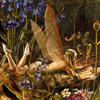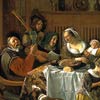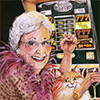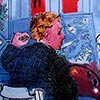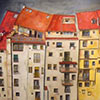There are infinite formulas to represent dressed human beings, since the clothes that we have invented for ourselves are infinite: dresses, shirts, pants, kimonos, underwear, sportswear, dancewear, swimwear, etc, etc. … The great world of fabrics and sewing. In addition to all the accessories that are used; bandanas, hats, scarves, hats, belts, gloves and many others.
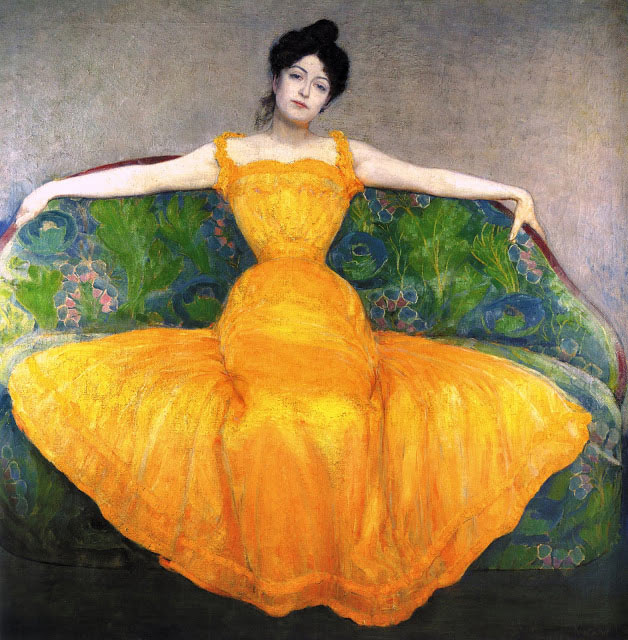
Fabrics, with their patterns and various textures, are an element with which we have an intimate and even psychological relationship, since it generates our external image. The fabrics and their designs are the key in these works, where a person is represented but accompanied by these great visual elements. The great art of sewing magnificently accompanies pictorial art.
Of course, in the history of art the work with people’s costumes has always been enormous, from the portraits of kings, meninas by Velázquez, majas dressed by Goya, Pre-Raphaelites with spectacular costumes and ornaments of all materials kinds, and even contemporary fashion and illustrated by contemporary painters.
Examples of paintings with fabrics
Velazquez, The power of color in fabrics
Fabrics are a medium to incorporate a very expressive color in the artwork. These are some examples.
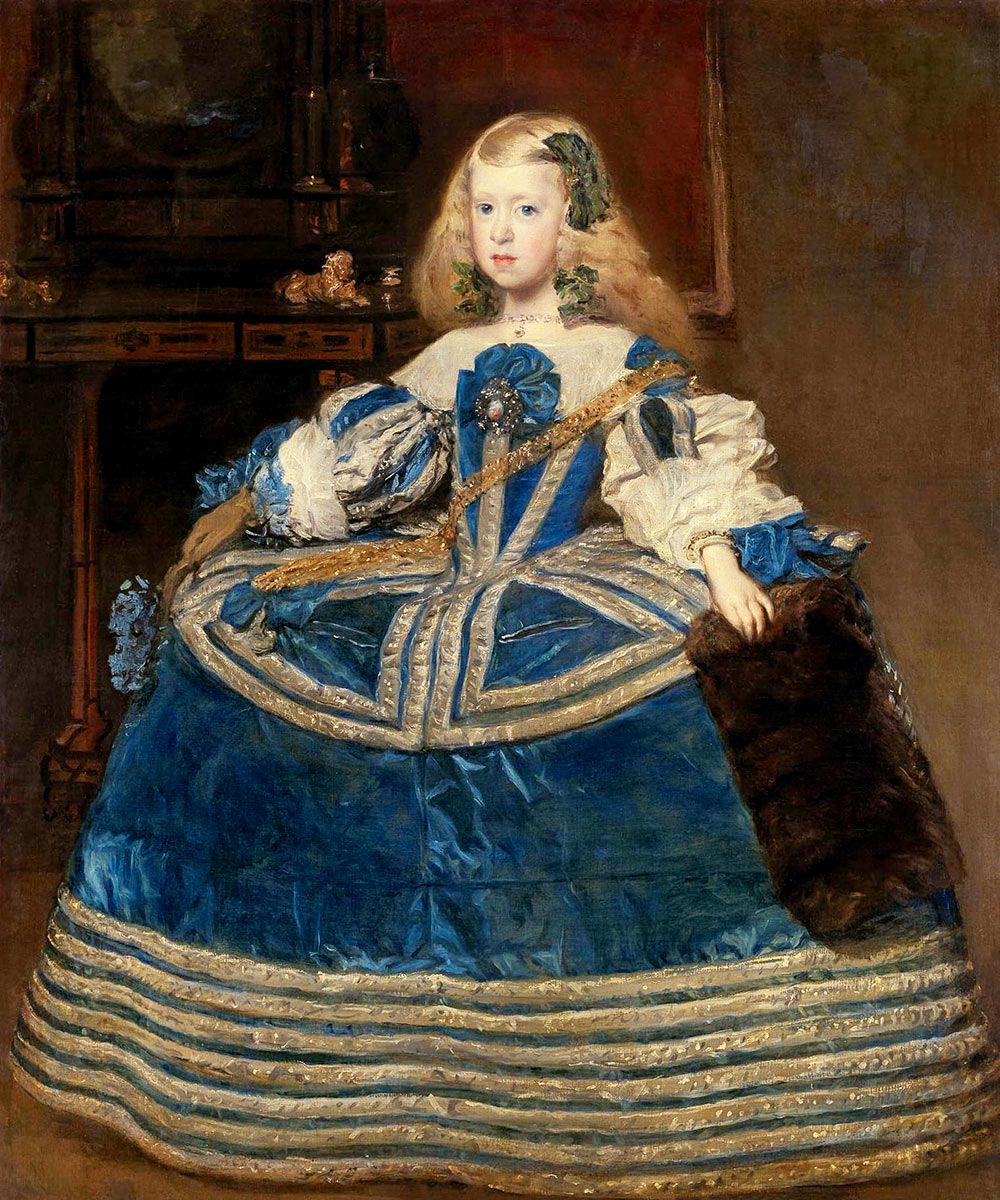
This work is an example of the fabrics used in Velázquez‘s time, usually velvets with very powerful colors.
Tamara de Lempicka
Tamara de Lempicka is one of the painters that I like the most as she represents women and of course their costumes. She also wore brightly colored fabrics.
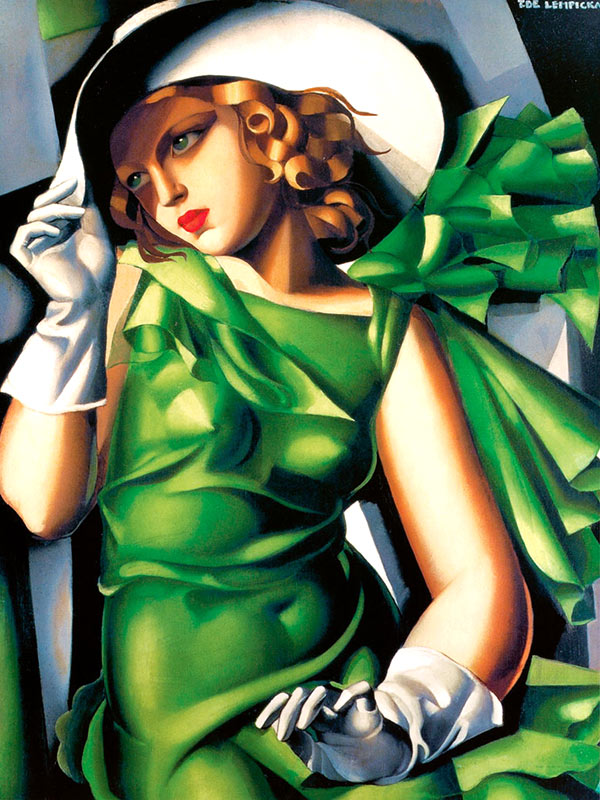
Work titled Young Woman with Gloves, from 1977. This famous work with the woman dressed in green, with a hat and gloves, is a very elegant and beautiful work. In addition to color, in this work she plays with volumes and lights.
Website: Delempicka.org
Stephanie Rew, from dresses to kimonos
Scottish painter Stephanie Rew specializes in portraits with a lot of fabric and dress work. On her website we have a good collection of paintings with a lot of work on the fabric painting: Stephanierew.co.uk
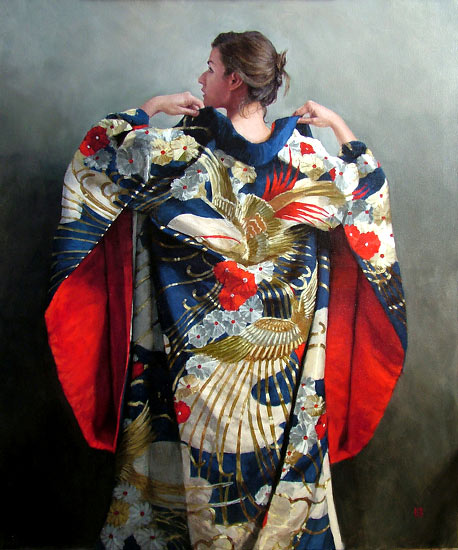
This work, titled Blue Uchiake Kimono, oil on canvas 100x120cm, is a good example of a kimono painting as the main theme into the artwork. The drawings and colors of the kimono are a challenge. Inspired by Ukiyo-e art, Stephanie likes to work on the detail.
Di Lifeng
Di Lifeng, Contemporary Chinese artist, he also works portraits with kimonos and other Chinese costumes, with very beautiful patterns.
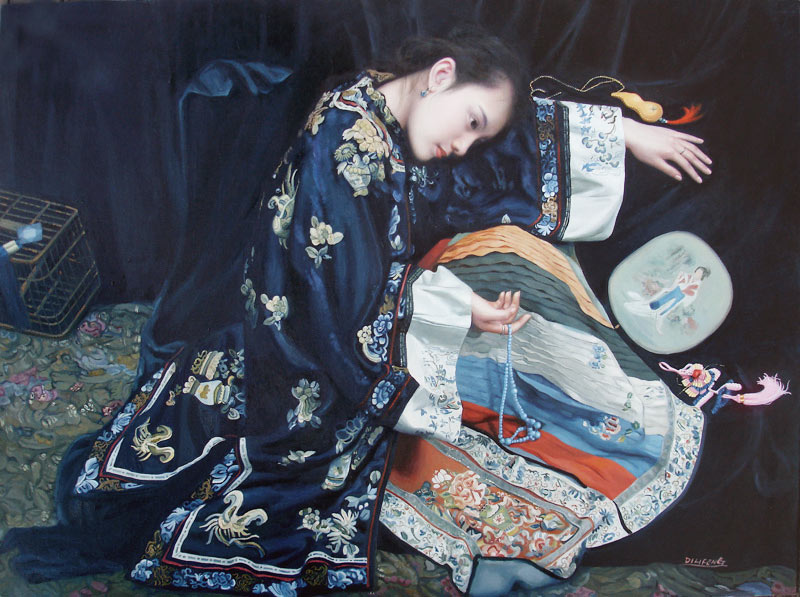
We can see more pictures in Pinterest. Also here: Cuadernoderetazos.wordpress.com
Vicente Romero, the light and the fabrics
Vicente Romero works with pastel and in his works the fabrics and dresses of his models add great beauty to his works, which also have spectacular direct light. So, he can create transparencies in the fabrics, reflections and very vivid colors.
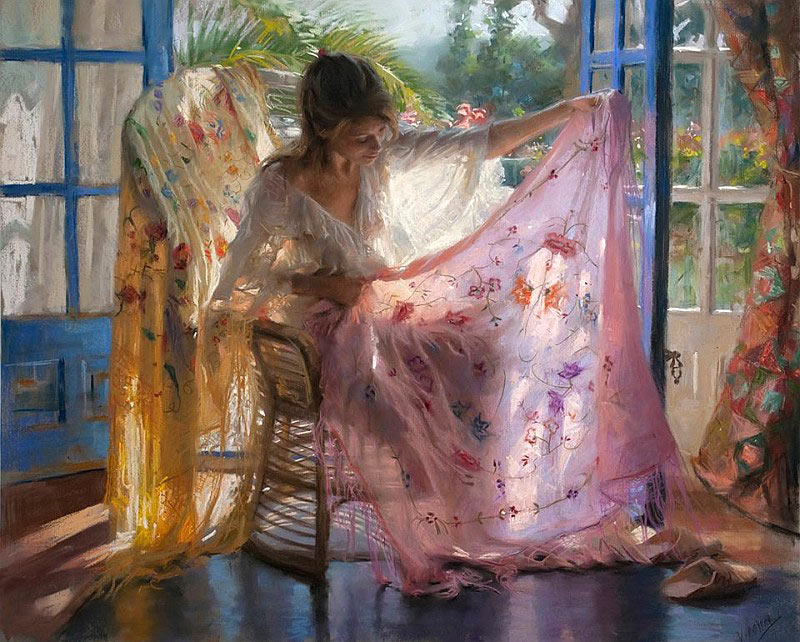
Website: Vicenteromero.wordpress.com
Nadia Khmaladze, lines and folds
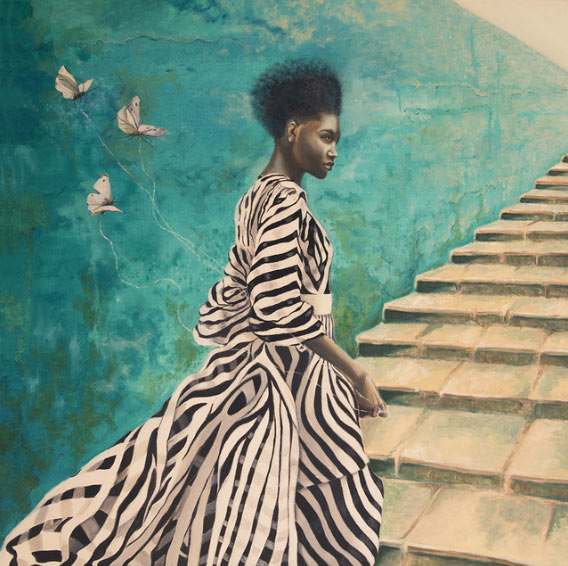
A beautiful painting with a black woman and her dress with black and white lines that remind us of the skin of zebras. Feminine and wild, the work has a lot of character thanks to the striped pattern.
Source of the image and work for sale.
In addition, the play of folds that the fabrics always configure is a very large pictorial work where the shape, the volume, the shadows and the lights must be worked very well. Always following a coherence.
This topic is very large, but I hope I have given good ideas with this selection of works where the fabrics, their colors and their patterns are not only protagonists in the artwork but also they make more magnificent the people who are dressed or accompanied with these fabrics.
In brief:
- Works with the drawing of folds and shapes of fabrics.
- Work with the drawings and extra colors of the prints of the represented fabrics, with all the existing variety: from lines and pictures, floral designs (such as the famous Liberty fabrics), representation of images on the fabrics, and abstract designs of all kinds .
- Quality and symbolism in the colors of the fabrics. From the predominance of one color, powerful and vivid colors, to softer colors, pastels or more complex tones.
- Textures represented thanks to the fabrics, which can also be more or less thick and translucent.
All these aspects should be reflected when we decide to paint fabrics within our pictorial composition.
Pictorial art + art of sewing = formula for success

